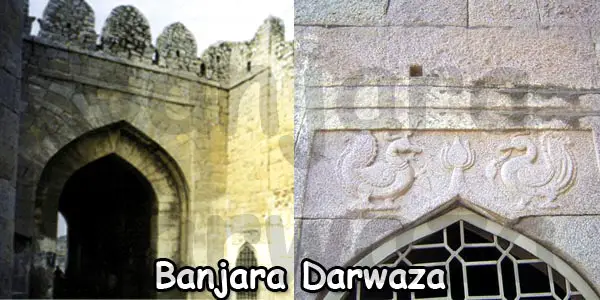The ancestors of Deo Raj, Rajah of Warangal had built this fort with walls of mud, during the rule of sultan Muhammad shah Bahmani in the period of 1358-1375 A.D. The fort was remodelled by means of sanad by the Rajah of Warangal to the Bahmani kings. In the year 1518 A.D the fort was ranked as one of the most significant fort. The sultan Mahmood shah Bahmani died in the same year. Then the other governors forced the yoke of bahmani kings and Barid shahi and established fort in Bidar. The governor of Telangana was sultan Quli has manifestled his independence and made Golconda his capital. Sultan Quali constructed the boundary wall to the fort, after that the remaining jamay Masjid and the royal palace and other buildings named this fort as Muhammadnagar.
The parpate of the fort were nourished by stone and mortar during the rule of Ibrahim Qutub Shah.
The ramparts of the fort were reinforced by stone and mortar throughout Ibrahim Qutub Shah’s reign. The Mughal forces the prince of Muhammad Azam and attacked this impassable stronghold; a strong bastion referred as genus Musa Burj was fabricated near the northern boundary. The promotion of this fort was 400 feet and the border of the fort wall was 4 miles containing 87 semi circular bastions with 50m to 60 feet height. Some of the blocks were constructed the walls with granite and these are cemented and the other were bounded with clamps.

The fort contains the subsequent eight immense gates which are decorated with sharp iron knobs, stop the elephants from battering them in: Fatah gate, Makka gate, Paancheroo gate, Banjara gate, Jamal gate, Moti gate, Bahmani gate and New Fort gate. Now the present Fatah gate, Makka gate, Banjara gate and Jamal gate were opened for people visit. The Aurangzeb gave the name to the fatah gate who was the emperor because the Mughal force entered the fort b using this Fatah gate.
